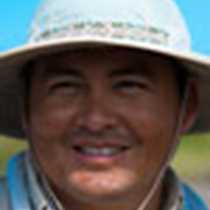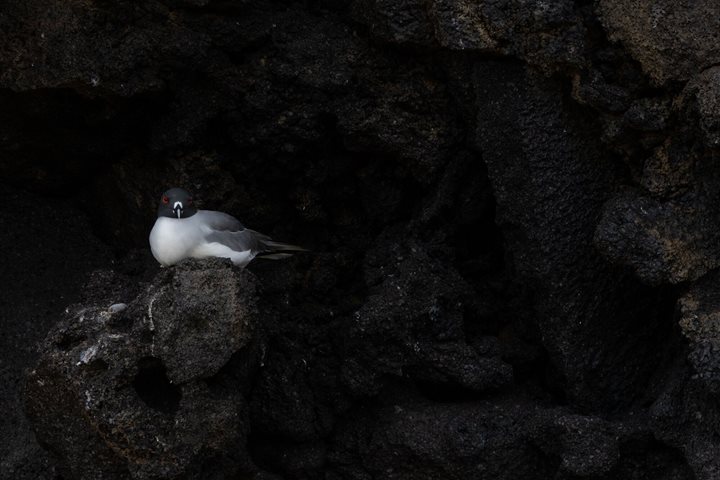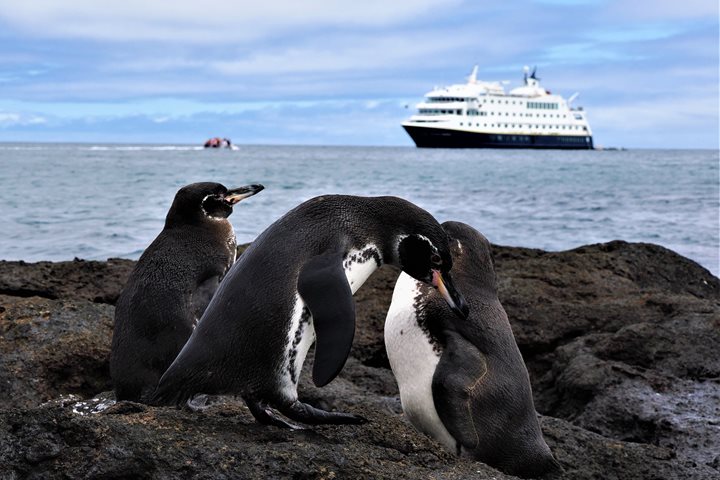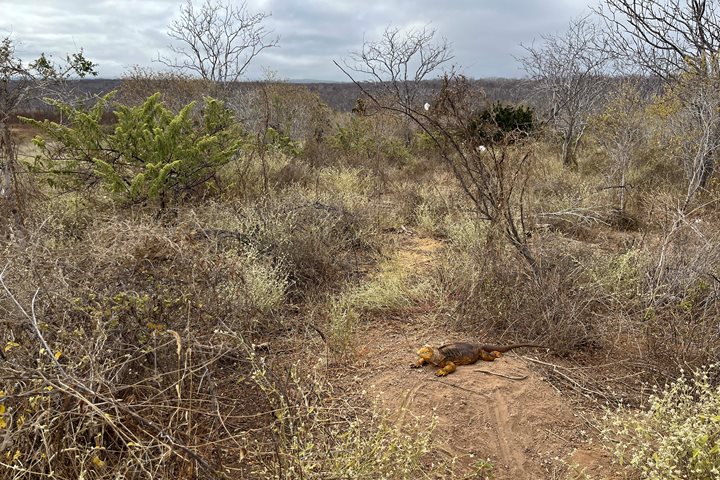Today a dream vacation came true! We found ourselves anchored in the jewelry of the crown of Galapagos. “Española Island,” also known by the English name “Hood Island,” is named after Viscount Samuel Hood. This is a small island but very rich in biodiversity. It is located in the extreme southeast of the archipelago and is considered to be approximately four million years old. Two sites in this charming island are popular with visitors - Gardner Bay, which has a lovely white-sand beach with the largest colonies of sea lions in the Galapagos, and Punta Suarez, which holds diverse bird-life.
In our first outing we kayaked along the coastline of Gardner Bay, a charming approach to the unique wildlife found on the rusted lava cliff. In addition, while the majority opted to explore the underwater realm, others walked on the coralline-sand beach. Snorkeling in the rich water of the Galápagos Islands gave us the opportunity to see a rich mosaic of fish from the northern, southern, and western Pacific. Galápagos sea lions, which are related to the Californian sea lions, were all over the snorkeling area playing with our enthusiastic snorkelers.
Late in the afternoon we went ashore to explore the unique ecosystem of Española Island. The only seagoing lizard in the world was found basking in the equatorial sun on the black basaltic coastline of Punta Suarez. Walking through small colonies of sea lions, the path led us to the interior of the island, and swallowtail gulls, Nazca boobies, and blue-footed boobies were sighted. Enthusiastic land birds such as mockingbirds, finches, and warblers charmed us with their melodies.
Today we enjoined Mother Nature with different alternatives offered by our expedition leader Sofia - hiking, snorkeling, and kayaking helped us to have close encounters and reconcile with the natural world. It is just the second day in the enchanted islands and the remarkable wildlife of the islands are impressing us.








